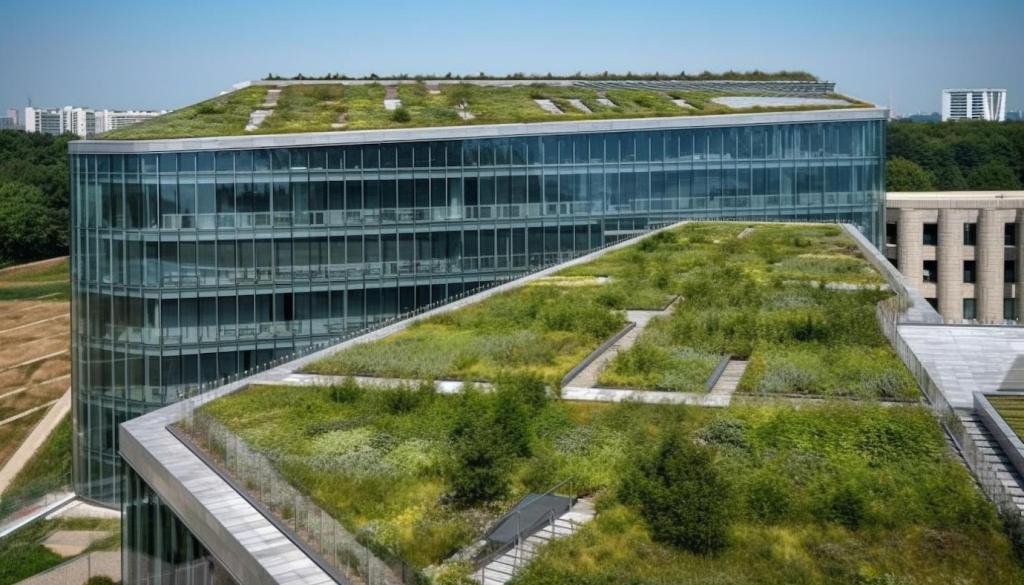Non-toxic building materials are gaining significant attention as awareness of indoor air quality, health, and environmental sustainability grows. Homeowners, architects, and construction professionals are increasingly seeking alternatives to conventional products that emit volatile organic compounds (VOCs) and other hazardous chemicals. Embracing non-toxic materials not only promotes well-being for building occupants but also contributes to a healthier planet by reducing pollution and supporting ethical manufacturing practices. This exploration delves into what defines non-toxic building materials, their health benefits, leading material options, and guidance for their effective integration into building projects.
Understanding Non-Toxic Building Materials
Definition and Principles
Non-toxic building materials are defined by their minimal release of harmful substances during manufacturing, installation, and throughout their life cycle. These materials are often created from natural sources or undergo minimal chemical processing, aligning with principles of sustainability and health. Labels for non-toxicity can vary, but generally, these materials are free from known carcinogens, reproductive toxins, and persistent organic pollutants. The criteria also extend to the absence of formaldehyde, phthalates, and flame retardants that contribute to poor indoor air quality.


Significance in Modern Construction
The significance of non-toxic materials in today’s construction landscape cannot be overstated. Modern buildings, especially energy-efficient ones, are tightly sealed, making pollutant accumulation a serious concern. Choosing non-toxic materials helps ensure that indoor air remains healthy and reduces the risk of occupants suffering from symptoms associated with sick building syndrome. This is particularly important for vulnerable populations—children, elderly, and those with immune sensitivities—who are more likely to experience adverse effects from exposure to traditional construction materials.

Health and Environmental Benefits
Non-toxic building materials play a pivotal role in promoting superior indoor air quality. By emitting little to no VOCs or other hazardous substances, these products help maintain a clean, breathable atmosphere inside homes, schools, and workplaces. Good indoor air quality is linked to improved respiratory health, fewer allergy symptoms, and better cognitive performance. For individuals suffering from asthma or chemical sensitivities, non-toxic materials can make the difference between discomfort and a flourishing, safe habitat.
Popular Non-Toxic Material Options
Natural Insulation Alternatives
Natural insulation materials such as wool, cellulose, and hemp are emerging as high-performance, non-toxic alternatives to fiberglass and foam-based options. Sheep’s wool possesses exceptional thermal properties and naturally regulates moisture without releasing harmful particles. Cellulose, made from recycled paper, is treated with non-toxic fire retardants and provides both energy efficiency and environmental benefits. Hemp fiber is also gaining traction due to its sustainability, fire resistance, and lack of chemical irritants, making all these options safe and effective for improving building comfort.
Non-Toxic Paints and Finishes
Traditional paints and finishes often contain solvents and additives that emit VOCs well after application. Non-toxic alternatives have become more accessible and offer comparable durability and color variety. These paints use natural binders and pigments from clay, milk, or plant-based sources and are free from lead, formaldehyde, and other toxins. They offer a safer choice for walls, wood surfaces, and furniture, helping ensure the air inside remains fresh and free of chemical odors, while also minimizing environmental impact during production and disposal.
Eco-Friendly Flooring Solutions
Flooring contributes extensively to indoor environment quality, and several non-toxic solutions are now mainstream. Options like solid hardwood sourced from responsibly managed forests, natural linoleum made from linseed oil, cork harvested without harming trees, and untreated bamboo offer durability, comfort underfoot, and minimal chemical residues. These flooring materials are generally finished with non-toxic oils or water-based sealers, creating inviting spaces that are both low-emission and easy to maintain, aligning perfectly with healthy, green building standards.

